Well, this is embarrassing.
I could pretend it didn’t happen, I suppose. That would be the smart move.
Instead, I’m going to admit that I just got two completely different artists confused. Sure, that happens sometimes. But when you tell one person you like their work, when you’re really thinking of another, you should probably keep that to myself.
But since when do I do the conventional thing?
When I recently got an email from Per-Anders Pettersson about his new book, I conflated him with Anders Petersen, whose books I’ve reviewed in the past.
Sure, they’re both Swedish, and their names are nearly identical, but still, that’s definitely a party foul.
My bad.
I didn’t even figure it out until I began leafing through the excellent new book, “African Catwalk,” by Per-Anders Pettersson, recently published by Keher Verlag. Once I started flipping through the pages, it didn’t take me long to figure out something was amiss.
Anders Petersen typically makes edgy, black and white pictures of drunks at the bar. I’ve seen a few of his projects, including his partnership with JH Engstrom. The pictures are unflattering, and unsparing, but very engaging.
This book, on the other hand, featured extremely colorful photographs of various fashion weeks in Africa, shot over a number of years. I scratched my head a few times, trying to figure it out.
For context, just yesterday, I forgot my cellphone at home and had to drive all the way back to get it, then I got out of the car without putting it in Park, and finally, later in the day, I sat on my favorite sunglasses and broke them.
In other words, I’m not exactly operating at maximum efficiency these days, as my brain is more compromised than Jim Comey’s moral compass.
So, Per-Anders, my apologies.
It wasn’t until I went to the book shelf, and picked up an Anders Petersen production from MACK, that I figured out where I’d gone wrong.
Because while that Swedish photographer is known for capturing the downtrodden, in all their liquored-up glory, this book came from a far more optimistic and empathetic place. It’s all about documenting, and publicizing, the grassroots fashion scene in Africa.
With respect to the pictures here, there’s not much I can say that the jpegs below won’t tell you. The book is filled with cool, well-made, fascinating, behind-the-scenes photographs of a culture none of us would likely penetrate. (As Mr. Pettersson is based in South Africa, he has home court advantage.)
And despite the evident glamour, the essays within indicate there is a massive DIY element to the various fashion scenes. This is an art movement of the people, by the people, and for the people.
What’s not to like?
There’s a quote in one of the essays, by a UN Ethical Fashion executive Simone Cipriani, in which he says, “An African designer is similar to an artist, insofar as he or she smells the wind that blows among the trees of society. African fashion tells the story of society: its positivity, creativity and capacity to do a great deal with scarce resources.”
Personally, I’d quibble with saying designers are “similar” to artists.
They are artists.
As such, this book basically codifies the energy driving these thriving scenes. There is not a lot of money to be made in African fashion yet, we’re told, but the market is being built over time.
The marketplace came up several times in the writing, which is not surprising, as fashion is also a highly capitalistic venture. That’s the part that people tend to focus on the most: the money. (We can’t really think of fashion shows without imagining the wealthy, famous folks occupying the front row.)
This book, however, celebrates makers. It highlights talented, committed people who are working hard, far from the international spotlight. We get to see the team-work inherent in this field, and I suppose ogle some beautiful people in the process.
Basically, this is a very cool book that shows us things we haven’t seen before. It’s stylish, colorful, dynamic, and very well-produced.
Good thing they can’t knock off photo-books at Zara, or this one would be churned into a fast-fashion equivalent in no time.
Bottom Line: Excellent, positive book highlighting African fashion
To purchase “African Catwalk,” click here
If you’d like to submit a book for review, please email me at jonathanblaustein@gmail.com

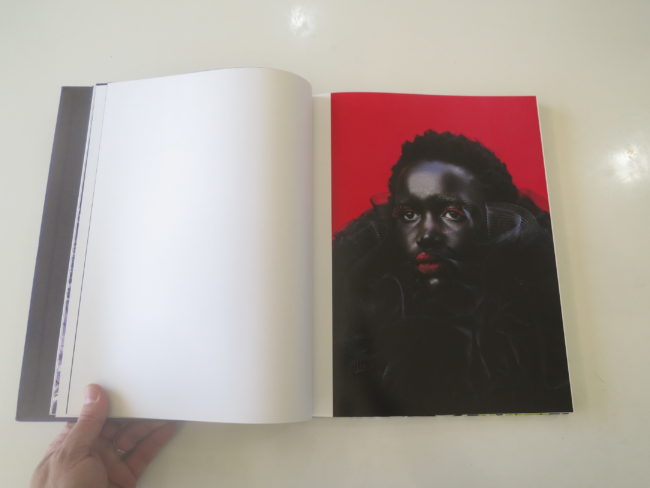
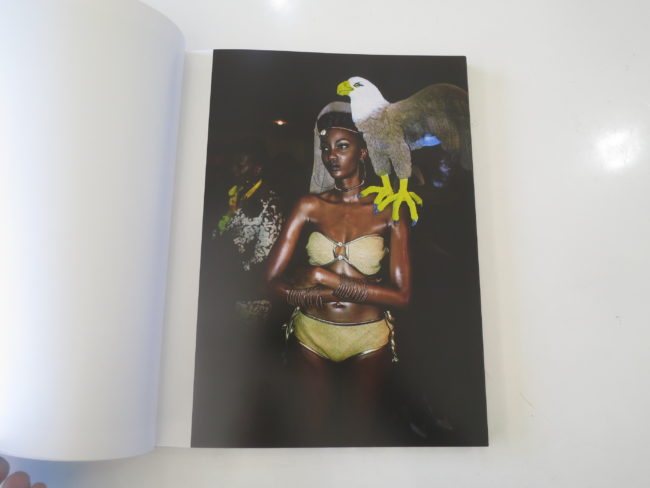

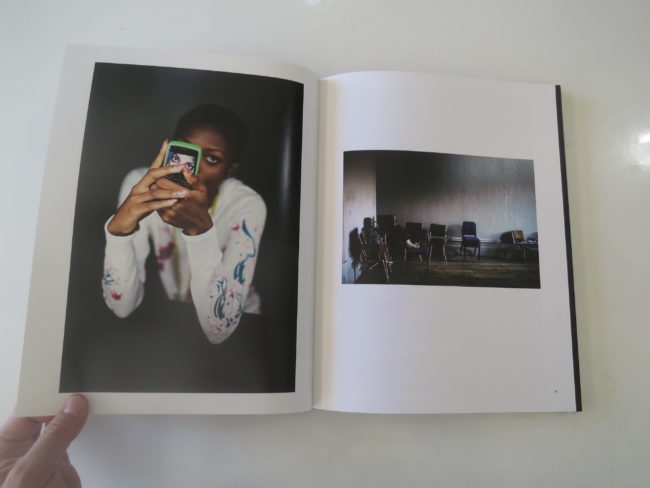
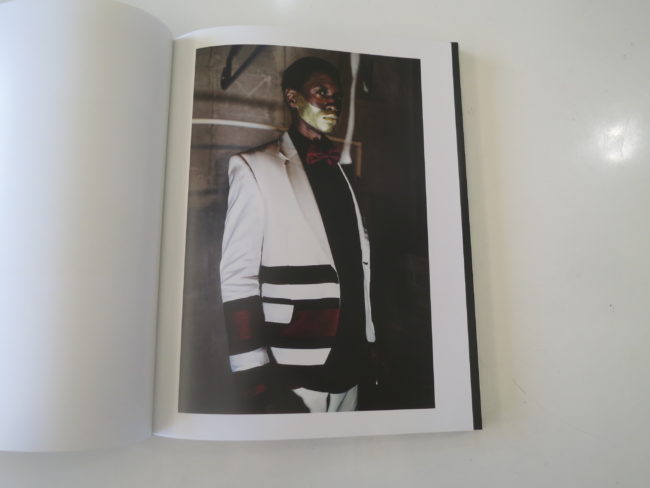
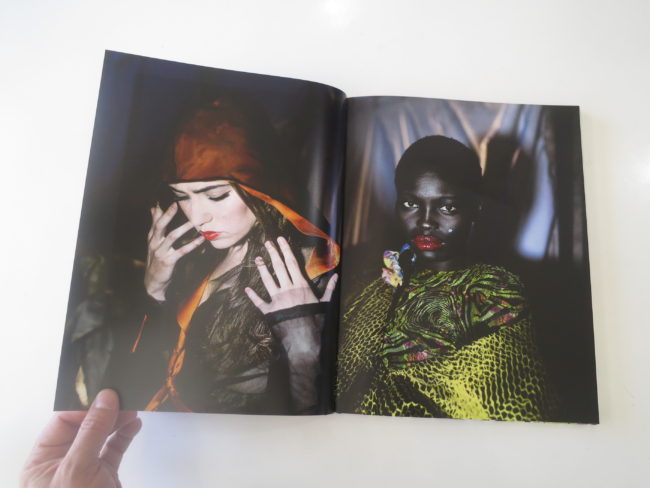



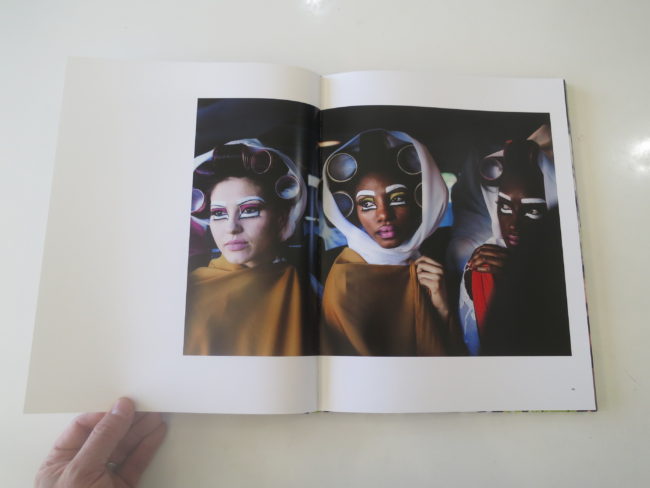
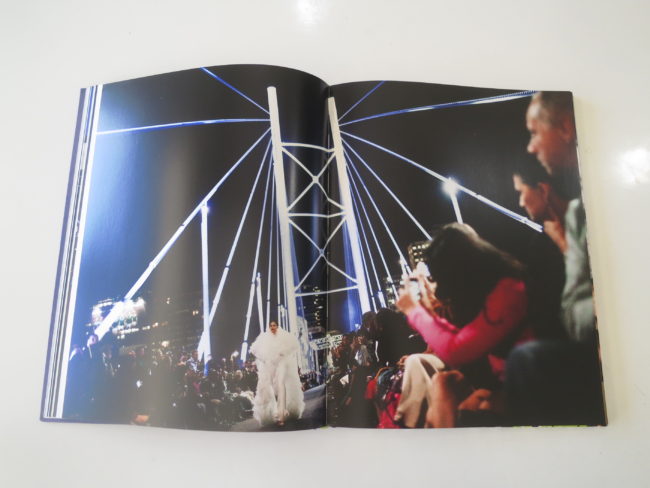
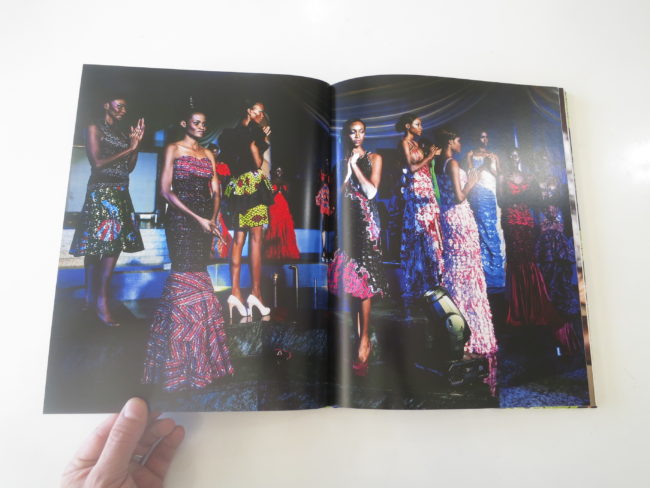

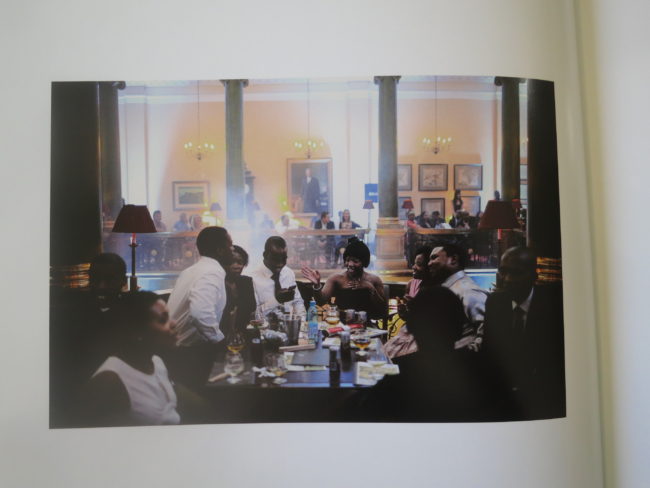


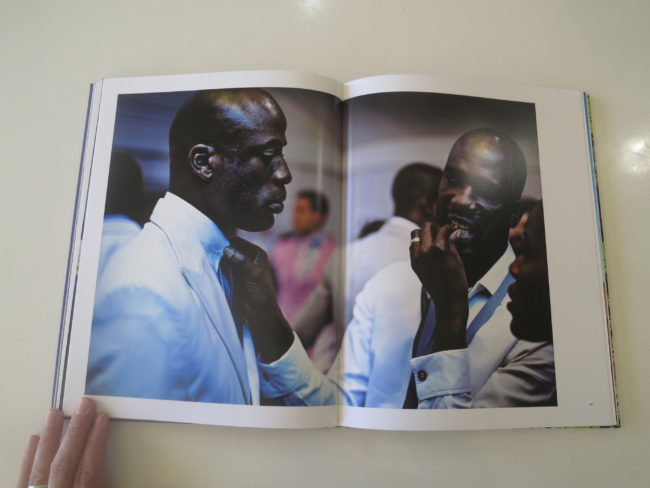

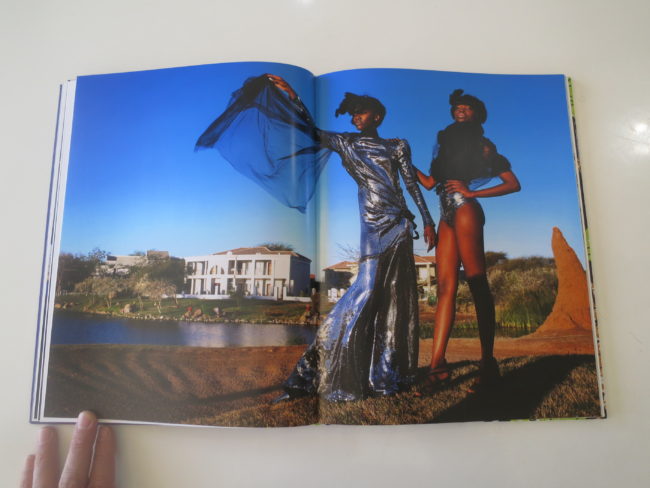
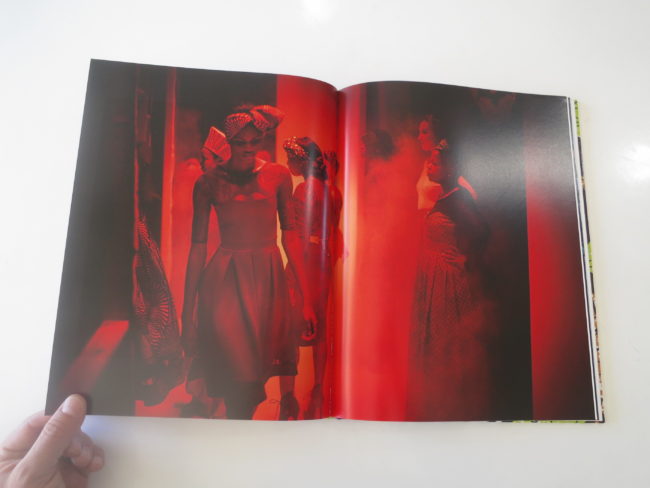
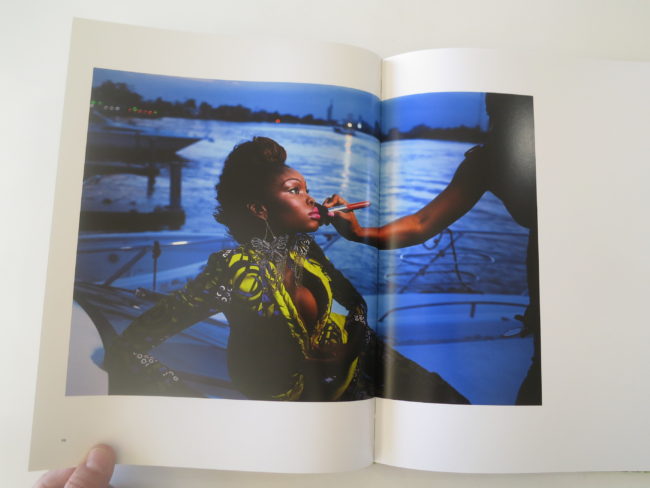
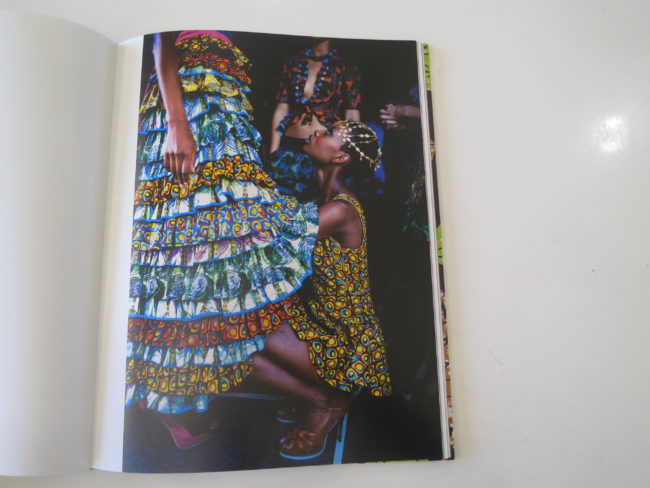
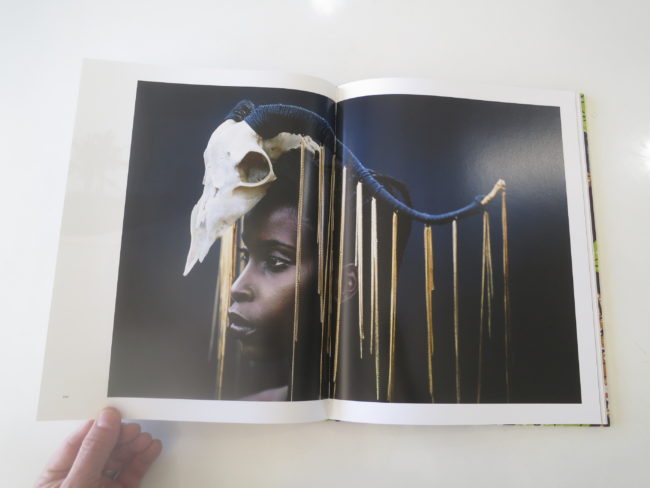

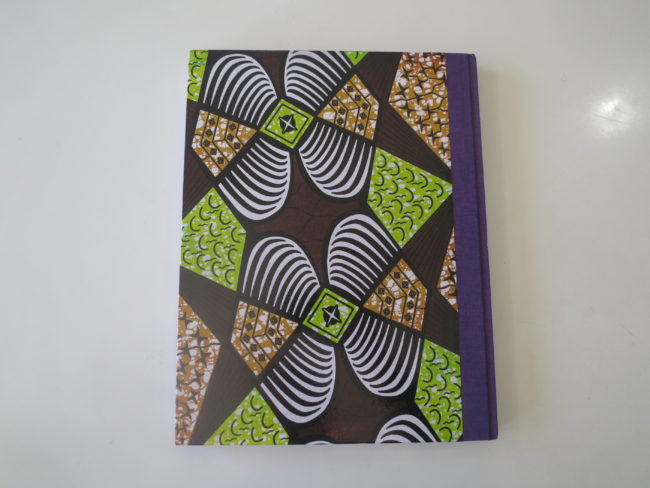
1 Comment
Partial to the “original” Anders myself, and most definitely would have done much the same…
Though not my cup o’ tea, must say the the photos are striking enough, and the content intriguing enough to make for some interesting viewing.
Comments are closed for this article!